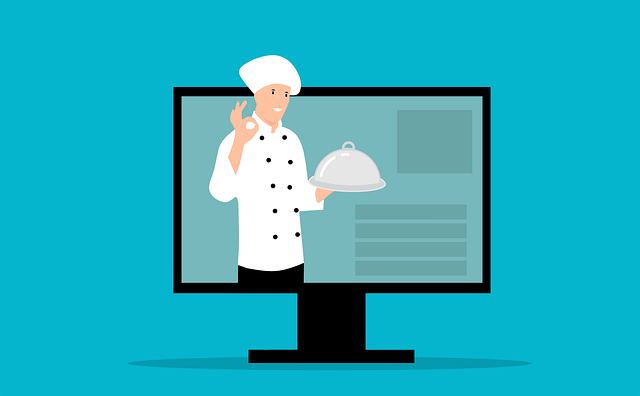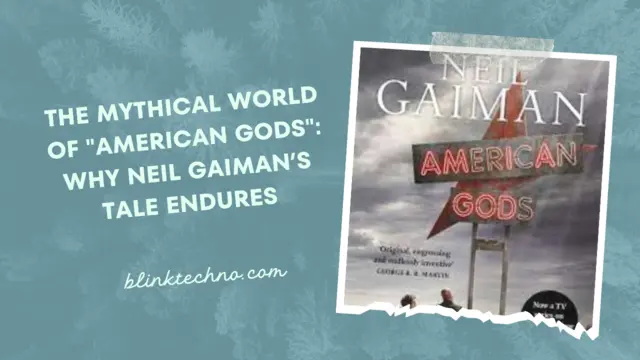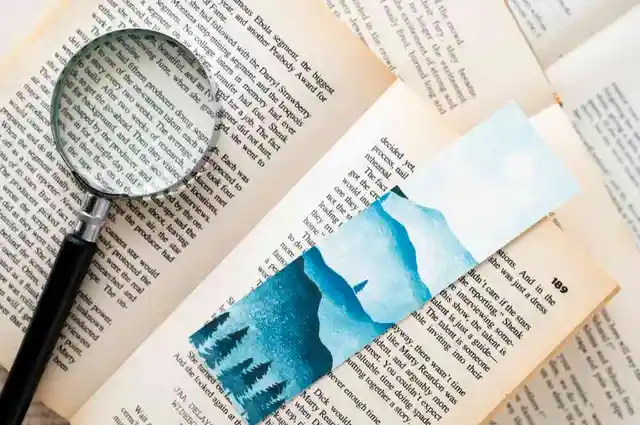Any video, including culinary videos, must have proper lighting. It might mean the difference between a video that appears to have been professionally made and one that looks amateurish. Equipment, location, white balance settings, and light kinds are important considerations while setting up lighting for your culinary films. Depending on the intended impact, many lighting techniques can be utilised, such as low-key lighting for contrast and depth, warm or cold-coloured light tones for ambience, and soft or high-key lighting for a subtle feel. Film District Dubai has a guide on how to light your cooking videos for the best results.
Lighting Setup Essentials
To get a successful photo, you need lighting equipment. Light stands, lights, soft boxes, reflectors, and gels are all necessary accessories. Light mounts are mounted on light stands, which may be adjusted for the sort of shot being done. Reflectors assist in bouncing light from one source to another, while softboxes diffuse light and lessen shadows. To change the colour of the lights and create different moods within the image, coloured gels can be applied to them.
When setting up culinary video production, a light arrangement is crucial because it affects how much of the food is visible clearly in the frame and how well-illuminated it appears on camera. It’s vital to try out several locations until you find one that balances exposure levels with the appropriate depth and shadows for each featured piece. Poor-quality film might occur from lighting that is either too high or too low and casts undesirable shadows on the subject.
By altering colour temperature based on the current lighting conditions, white balance settings are utilised to appropriately depict colours in our photographs. Cooler tones are more prevalent outside, whereas warmer tones are more typical indoors. Before filming or during post-production, it is advisable to manually choose the daylight settings and then fine-tune further using an 18% grey card reference point.
Different Lighting Styles
A cookery film might benefit greatly from the various emotions and ambience that soft lighting can provide. A white cloth or silk scrim can be used to disperse huge light sources that are placed distant from the subject. Soft lighting is frequently employed in food photography because it casts an attractive, cosy glow and emphasises meals beautifully without overpowering any one part of the image.
High-key The use of lighting, commonly referred to as bright-key lighting, is a technique that emphasises bright tones while underplaying contrast and shadows in a picture. To obtain equal distribution throughout the picture includes employing several lights positioned closely together. Typically, the setup entails placing two main lights, such as softboxes, evenly spaced around the subject, with one slightly higher than the other and pointing down at a 45-degree angle towards the plate or dish being filmed and the second sitting directly underneath and pointing upwards towards the ceiling and bouncing back into frame to fill shadows. Compared to conventional low-key settings, this configuration gives you more control over how the highlights appear across the featured dish, producing more fascinating pictures.
Low Key Lighting, which generally uses a single light aimed 45 degrees downward onto a table or plate surface, emphasises dark tones and shadow contrast between the object shown and the background. To achieve enough exposure for all regions covered in this style and encourage viewers to pay attention, lighting must be placed carefully.
Finally, Highlights & Shadow Contrast is another popular technique used
Types of Lights
For filming culinary films, continuous lights are an excellent option since they provide steady illumination throughout the whole process. Fluorescent and tungsten are the two types that are available. Tungsten lights produce a much warmer, orangey glow, while fluorescent lights produce a soft, even light that is perfect for interior photography. To lessen the intensity of the light, both forms of light require an extra diffuser, such as a softbox or umbrella.
Strobe lights are adaptable lighting equipment that may be used in both photography and video production. They produce bright flashes of light that last only a few hundredths of a second. When utilised properly, they depend on external power sources (such as batteries) and provide the little risk of component burnout, keeping setup costs affordable.
Tips for Shooting
When filming a culinary tutorial, it’s important to think carefully about how light should be used to highlight the greatest aspects of the subject. Utilise reflectors and diffused lighting to prevent undesirable shadows. Warm and cold colour palettes may be used to provide depth and texture, as well as to generate various moods. Finally, experimentation is required to acquire the best results since the direction/angle of the light is crucial because it dictates where highlights fall on each piece displayed in the frame.
Conclusion
Cooking videos must include lighting since it may set different moods and improve quality. usage of light should be carefully considered, including placement at appropriate angles, usage of diffused or soft lighting, altering white balance settings, and experimentation with warm and cool tones. It is possible to take images that appear professional with practice and experimentation.



 Delving into the Unseen: How Engine Oil Dictates Car Efficiency
Delving into the Unseen: How Engine Oil Dictates Car Efficiency  Essential Protection for Tactical Missions: Gear, Strategy, and Safety Essentials
Essential Protection for Tactical Missions: Gear, Strategy, and Safety Essentials  The Mythical World of “American Gods”: Why Neil Gaiman’s Tale Endures
The Mythical World of “American Gods”: Why Neil Gaiman’s Tale Endures  Developing Analytical Skills Through English Literature
Developing Analytical Skills Through English Literature  What to Consider When Choosing an Online Real Estate Course
What to Consider When Choosing an Online Real Estate Course  The Intersection of AI and SFDR Compliance Regulation: Transforming Sustainable Finance
The Intersection of AI and SFDR Compliance Regulation: Transforming Sustainable Finance